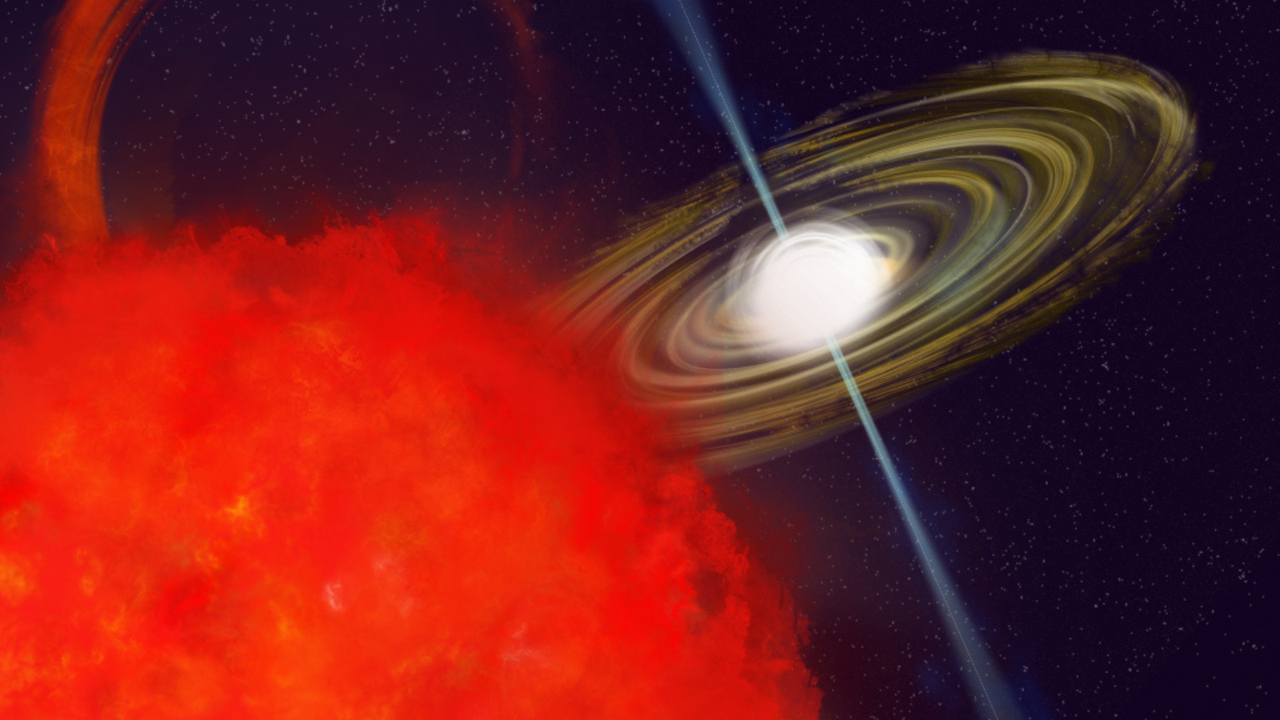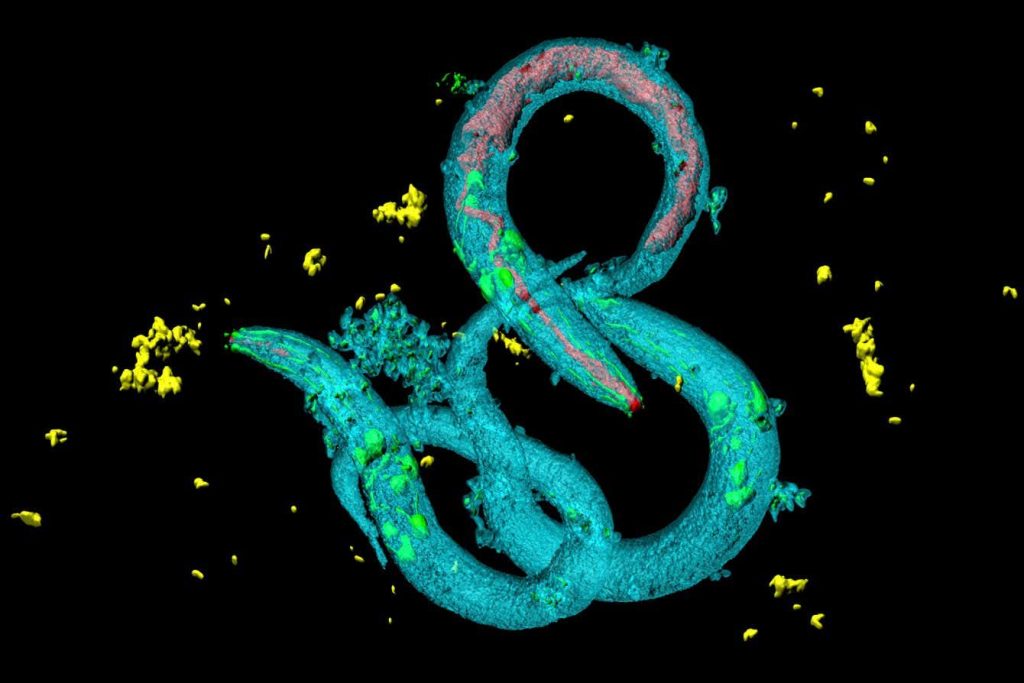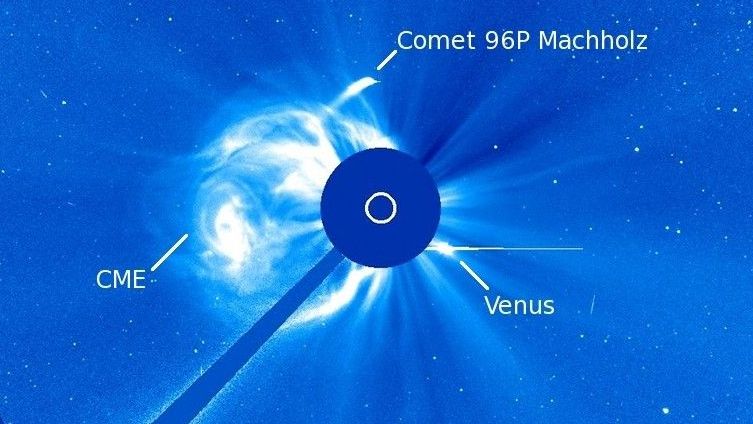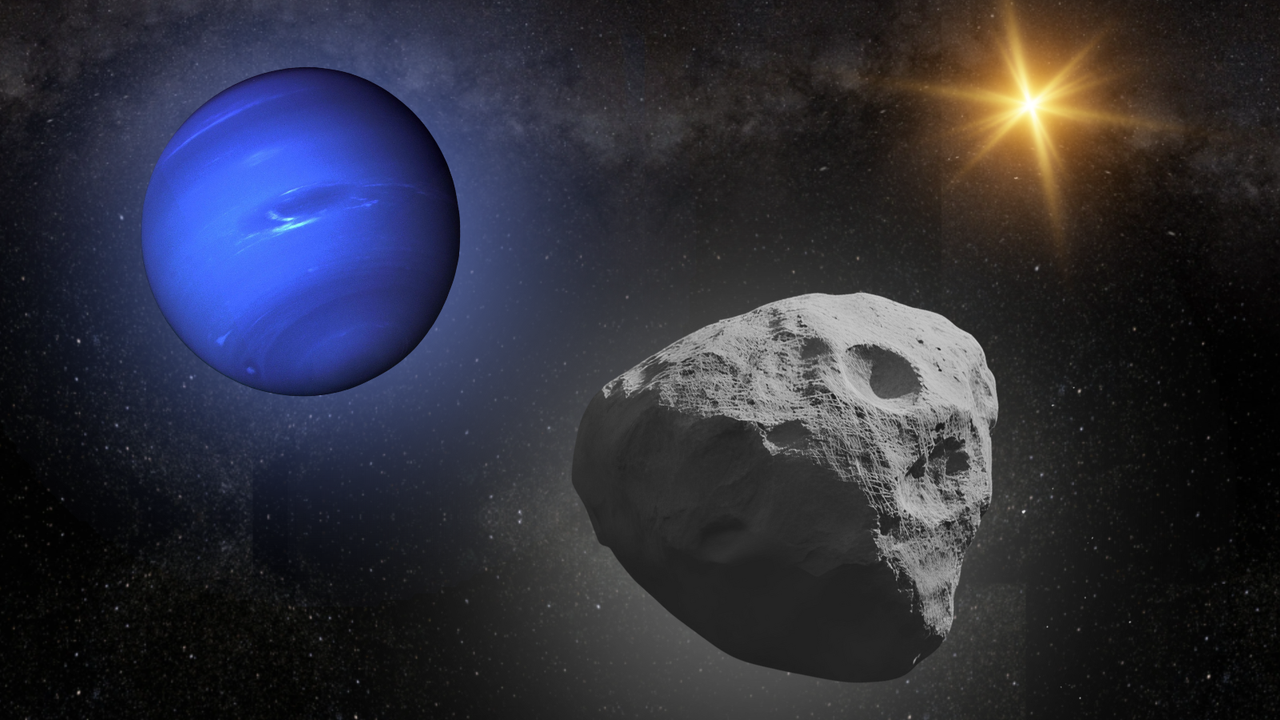Now Reading: Scientists Unveil ‘Cosmic Unicorn’: A Spinning Dead Star That Defies Physics
-
01
Scientists Unveil ‘Cosmic Unicorn’: A Spinning Dead Star That Defies Physics
Scientists Unveil ‘Cosmic Unicorn’: A Spinning Dead Star That Defies Physics

Fast Summary
- Astronomers have discovered a rare spinning dead star named CHIME J1634+44, nicknamed the “cosmic unicorn.”
- The star belongs to a class called Long Period Radio Transients (LPTs), which emit bursts of radio waves over minutes to hours-a much longer timeframe compared to standard pulsars or neutron stars.
- CHIME J1634+44 is the brightest and most polarized LPT ever observed, with highly choreographed pulses that repeat every 14 minutes and show secondary periods of 70 minutes.
- Remarkably, this object is unique in that its spin rate is accelerating-a phenomenon not typically seen in white dwarfs or neutron stars as they generally slow down over time.
- Scientists propose that CHIME J1634+44 might potentially be part of a binary system where two stellar objects are orbiting tightly together, potentially involving gravitational wave emission from orbital tightening. The companion could be another stellar remnant or a failed star like a brown dwarf.
- its bursts are highly circularly polarized-a feature never before observed in radiation emissions from similar dead stars-suggesting peculiar physics at work in how it generates radio waves.
- Two teams of astronomers are jointly studying its properties: one suspects it’s centered on a neutron star while the othre identifies it as linked to a white dwarf. Both teams concur on its uniqueness and mystery.
read more here.
Indian Opinion Analysis
The finding of CHIME J1634+44 presents significant scientific opportunities for India’s growing astronomy community. With increased emphasis on space research initiatives by institutions such as ISRO and collaboration between academic centers like IITs, this rare cosmic event opens doors for theoretical investigations into stellar dynamics. India’s burgeoning efforts to enhance telescope infrastructure-both ground-based (e.g., Devasthal Optical Telescope) and future plans such as the Thirty Meter Telescope proposed project-are ideally positioned for contributions in global partnerships.
Additionally, findings about LPTs challenge previous models regarding neutron stars’ physics-an area crucial not only for high-energy astrophysics but also quantum physics applied at extreme densities.This emphasizes collaboration between computational researchers and experimental scientists within India whose expertise aligns with modeling phenomena seen across gravitational wave studies.
While primarily driven internationally at present through advanced telescopes like VLA and Green Bank Observatory systems, expanding opportunities connected directly toward next-generation instruments here would unlock complementary approaches investigating interstellar habits fundamental improving complexities globally



























